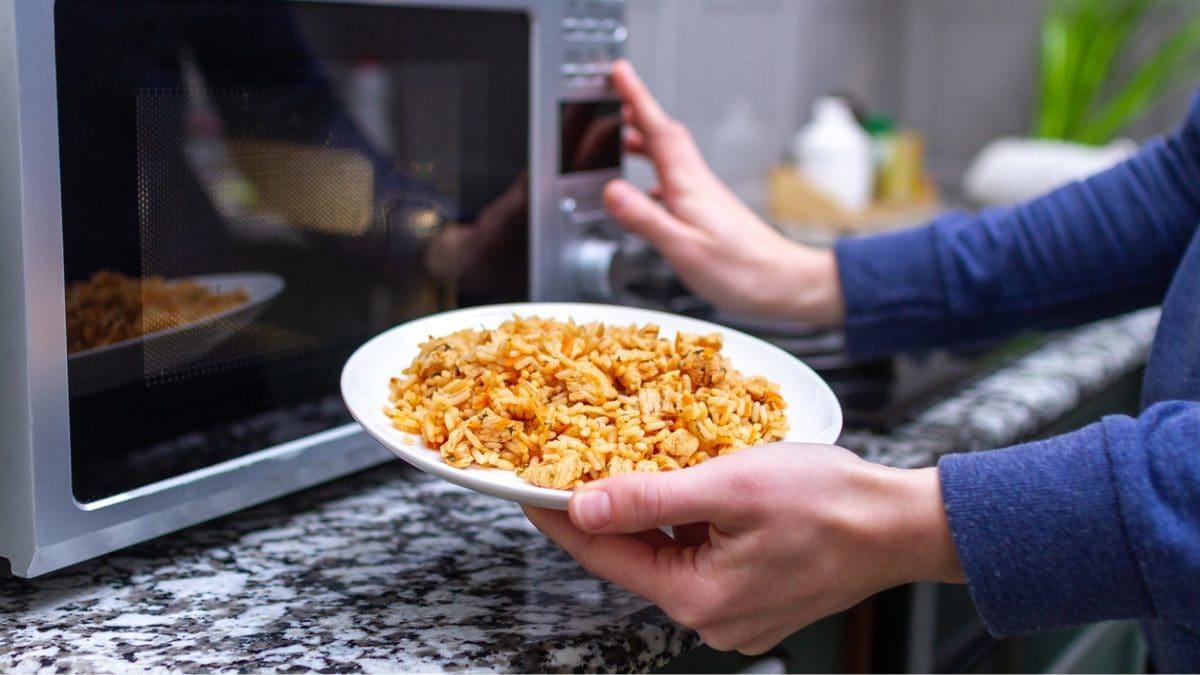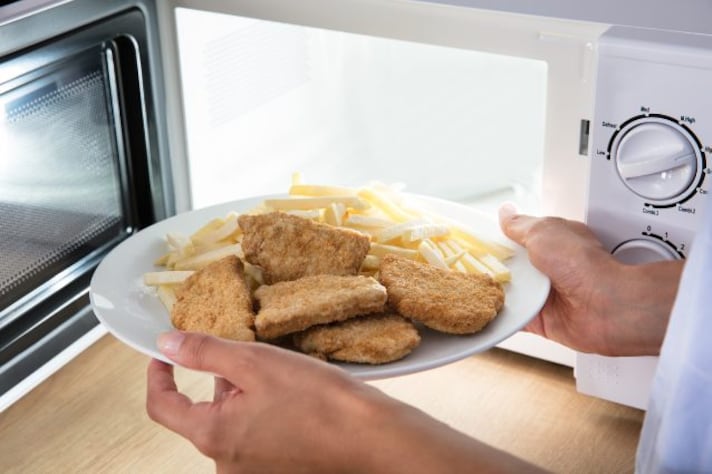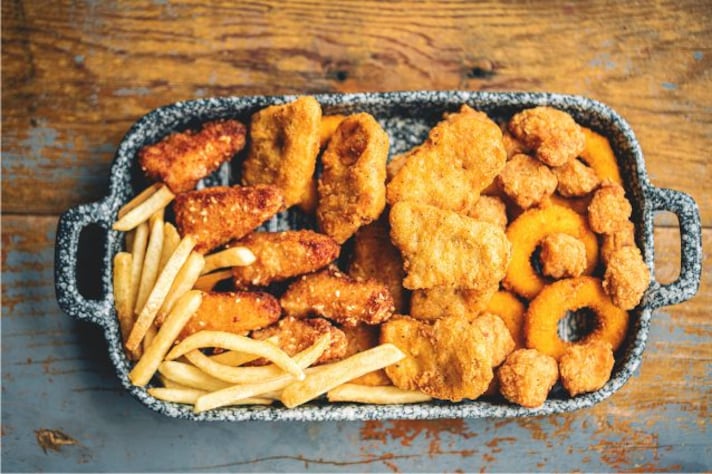
It spins, it hums, and it revives your cold leftovers—but the humble microwave is wrapped in more myths than a Greek tragedy. Blamed for zapping nutrients, leaking radiation, and turning food “unnatural,” it's the most misunderstood gadget in the American kitchen.
The truth? Most of those fears are leftovers from outdated science and microwave folklore. We're here to cut through the static and serve the truth—hot and ready.
1. “Microwaves Drain the Nutrition”

Let’s cut through the static: the idea that microwaves vaporize nutrients is one of the most persistent myths. In truth, microwave cooking actually can preserve nutrients better than many conventional methods—think boiling vegetables until they surrender their vitamins to the water. Since microwaves cook food quickly and with minimal water, heat-sensitive nutrients like vitamin C are less likely to take a hit. So rather than nuking your spinach into oblivion, microwaving can keep it crisp and nutrient-rich, if done right.
2. “They Give You Radiation”

Here’s something to clear the fog: the kind of radiation a microwave emits isn’t the superhero‑antagonist stuff from sci‑fi—it's non‑ionizing, harmless electromagnetic waves. These waves jiggle water molecules to heat food but can’t alter your DNA, mutate your cells, or turn you into a mutant. As long as your appliance isn’t visibly damaged, it keeps those waves safely enclosed inside. So go ahead, nuke that leftover pizza without feeling like you’ve signed up for a comic‑book origin story.
3. “Microwaving Changes the Molecular Structure”

Some folks claim microwaves scramble your molecules, turning healthy food into something chemically strange. The reality? You’re just heating up water and fats—nothing exotic. The process doesn’t magically create new compounds beyond what normal cooking would. From heating pasta to reheating sauce, microwaves follow the same basic thermodynamic rules as your oven—just faster, and usually with less fuss.
4. “Metal Sparks Means Explosion Imminent”

Yes, microwave ovens and metal don’t always play nicely—but it’s less brazenly explosive than lore suggests. Put in the wrong kind of metal and you might see sparks or hear crackling, which can damage the oven’s interior. But that doesn’t mean your house will blow up. Sharp edges or crinkled foil can concentrate electric fields, causing arcing—but a smooth metal pan is usually okay. Rule of thumb: unless it’s microwave‑safe and metal, you’re better off skipping it. No need to turn your appliance into a fireworks display.
5. “Microwaving Plastic = Poison Potluck”

The image of chemicals leaching from containers into your food is rooted in valid concerns—but let’s keep things real. Not all plastic is created equal. If the container isn’t labeled “microwave safe,” don’t trust it with your lunch. But containers made for microwave use are tested to prevent nasty chemicals from sneaking into your mac and cheese. Always skip plastic lids that cling (like the ones that melt onto food), and favor glass or ceramic when in doubt. That said, the real kitchen worst-case scenario isn’t chemicals so much as a melted container and a microwaved mess.
6. “Microwaved Food Tastes Worse”

Here’s a truth bomb: microwaved food doesn’t inherently taste bad—it’s all in how you reheat! If you reheat chicken or fish too long, it can dry out faster than a bad dad joke, earning microwaves a poor rap. The secret? Reheat using lower power settings, short bursts, and cover your food. That traps moisture and keeps your meal juicy. The difference between a dry, rubbery nugget and a juicy, microwave‑revived snack lies in technique, not appliance.
7. “You Can’t Sterilize Baby Bottles in a Microwave”

Some say you absolutely shouldn’t sterilize baby bottles in a microwave because it’s dangerous or ineffective. The truth? With the right setup, you can sterilize them safely—using microwave‑safe steam bags or a simple container with water and a lid. The steam heats rapidly and kills most bacteria. Just be sure to follow the product’s instructions (e.g., “steam bags”) and never microwave a dry bottle—the result isn’t sterilization but potential damage to your appliance.
8. “Microwave Cooking Isn’t ‘Real’ Cooking”

Sometimes I hear cooking purists mumbling that microwaved meals aren’t legit cooking. But if you’re creating a quick soup, poaching eggs, melting chocolate, or steaming dumplings—those are Acts of Food-ship, microwave-style. Microwave cooking may seem like cooking’s humble cousin, but the speed, utility, and ingenuity it offers are nothing to sneeze at—especially when it comes to weekday dinners.
;Resize,width=767;)
